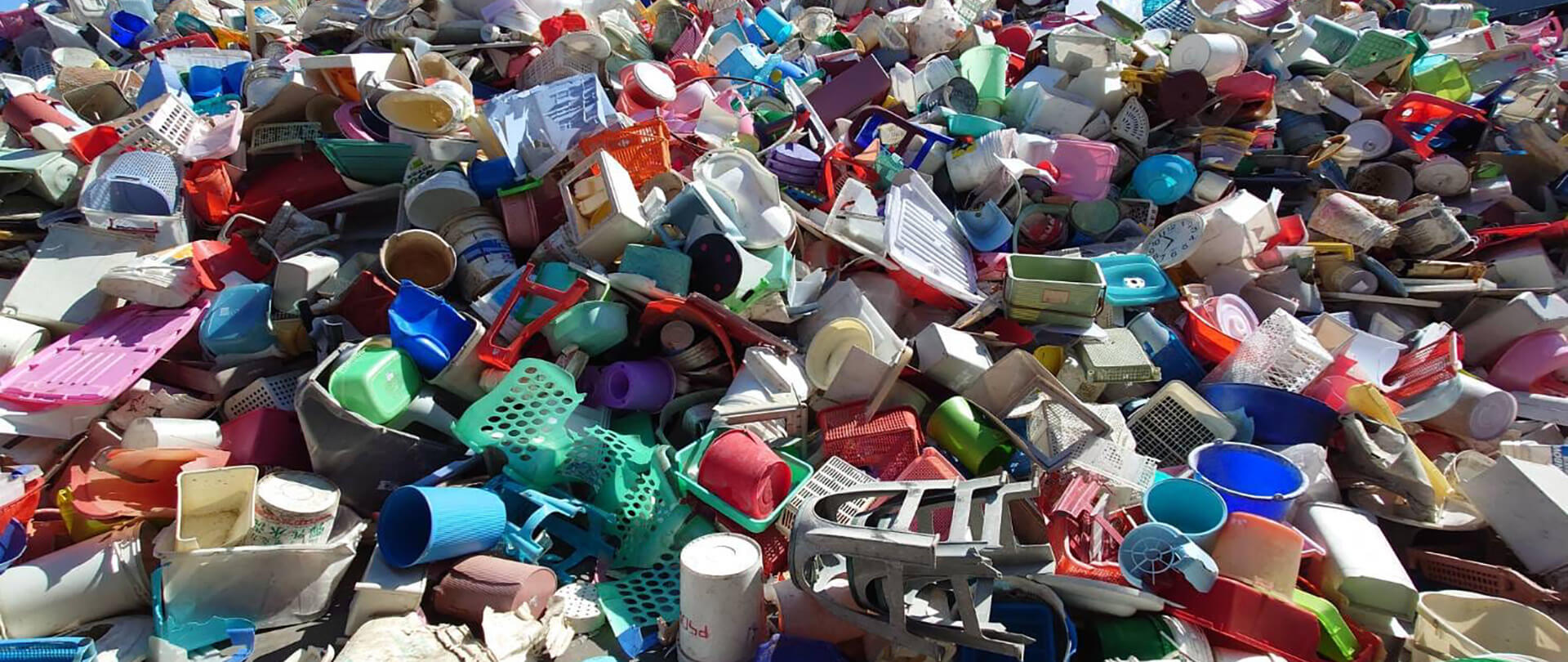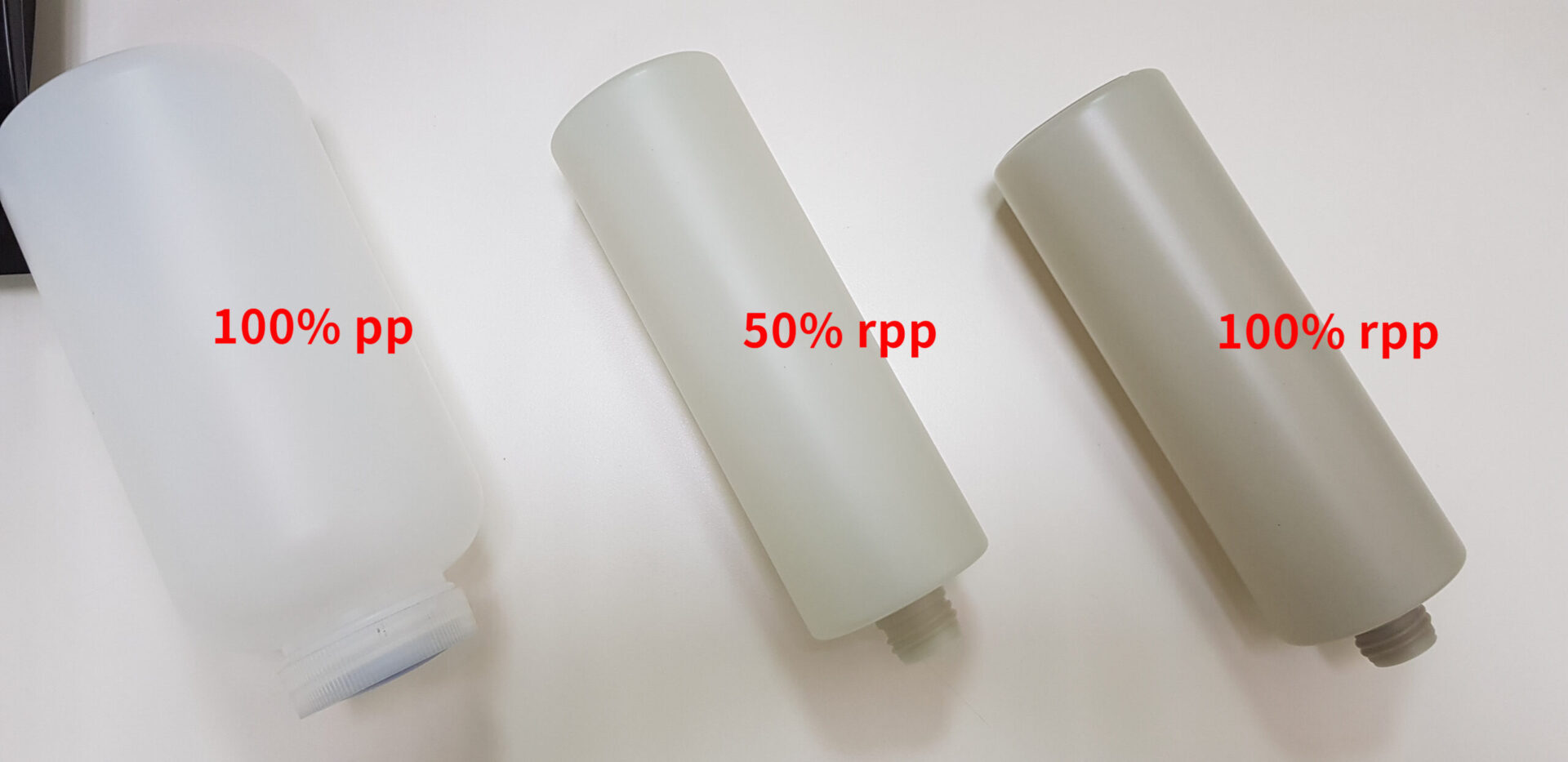
What is PCR (Post-Consumer Recycled) Plastic?
PCR plastic refers to plastic that has been recycled from consumer waste, such as bottles, packaging, and other plastic products. Instead of ending up in landfills or oceans, this plastic is collected, processed, and transformed into new usable materials. PCR plastic helps reduce the demand for virgin plastic production and promotes a circular economy by giving discarded plastic a new life.
How is PCR Plastic Made?
The process of creating PCR plastic involves several steps. First, the post-consumer plastic waste is collected and sorted based on its type and grade. It then undergoes a thorough cleaning process to remove any impurities or contaminants. Next, the cleaned plastic is shredded into small pieces and melted down to form pellets or flakes. These pellets or flakes can then be used in the production of various plastic products.
The Difference between PCR Plastic and Regular Plastic
The main difference between PCR plastic and regular plastic lies in their source and environmental impact. Regular plastic is typically made from virgin, petroleum-based materials, whereas PCR plastic is derived from recycled plastic waste. By using PCR plastic, we reduce the extraction of new resources, conserve energy, and minimize waste generation. PCR plastic helps close the recycling loop and reduces the carbon footprint associated with plastic production.
| Aspect | PCR Plastic | Regular Plastic |
| Source | Derived from recycled plastic waste | Typically made from virgin, petroleum-based materials |
| Environmental Impact | Reduces extraction of new resources, conserves energy, minimizes waste, and reduces carbon footprint | Requires extraction of new resources, consumes more energy, and has a higher carbon footprint |
| Production Emissions | Lower greenhouse gas emissions | Higher greenhouse gas emissions |
| Quality | Can match or even exceed regular plastic quality after recycling process | Varies, but used as a standard for comparison |
| Recyclability | Can undergo multiple recycling cycles, though quality may degrade over time | Typically single-use, often ending up in landfills or the environment |
| Cost | Varies, but as recycling technologies advance, the price difference is becoming less significant | Typically less expensive, but varies based on market conditions |
The Benefits of PCR Plastic
PCR plastic offers several advantages in terms of sustainability and environmental protection. Firstly, it helps reduce plastic waste that would otherwise end up in landfills or pollute the environment. By recycling plastic waste into new products, we minimize the need for additional raw materials and the energy required for their extraction and processing.
Secondly, PCR plastic significantly lowers greenhouse gas emissions compared to the production of virgin plastic. The recycling process consumes less energy and emits fewer carbon dioxide emissions, contributing to mitigating climate change. Choosing PCR plastic promotes a more circular and sustainable approach to plastic use.
Additionally, PCR plastic can help companies meet their sustainability goals and enhance their brand reputation. Consumers are increasingly conscious of the environmental impact of products they purchase, and using PCR plastic demonstrates a commitment to responsible consumption and waste reduction.
Why Choose Green Value for PCR Plastic
Green Value is a trusted provider of PCR plastic solutions. We prioritize sustainability and offer a range of PCR plastic products that meet high-quality standards. Our commitment to environmental responsibility is reflected in our sourcing and manufacturing processes. By choosing Green Value, businesses can access reliable and eco-friendly PCR plastic materials, ensuring they contribute to a more sustainable future.
PCR Plastic FAQ
Q1: Is PCR plastic of inferior quality compared to regular plastic?
A1: No, PCR plastic can match or even exceed the quality of regular plastic. The recycling process removes impurities and ensures that the final product meets stringent standards.
Q2: Can PCR plastic be recycled again?
A2: Yes, PCR plastic can undergo multiple recycling cycles. However, the quality of the plastic may degrade with each recycling process.
Q3: Is PCR plastic more expensive than regular plastic?
A3: The cost of PCR plastic can vary depending on factors such as availability and demand. However, as recycling technologies advance and economies of scale are achieved, the price difference is becoming less significant.
PCR (Post-Consumer Recycled) plastic offers a sustainable solution to the environmental challenges posed by conventional plastic. By recycling plastic waste and turning it into new usable materials, PCR plastic reduces waste, conserves resources, and minimizes greenhouse gas emissions. Green Value is a reliable source for high-quality PCR plastic, providing businesses with eco-friendly options for their plastic needs. Embracing PCR plastic is a step towards a more circular economy and a greener future.
Ask for a quote: PCR plastics manufacturing, sustainable plastic manufacturing, recycled plastic, carbon dioxide emissions


